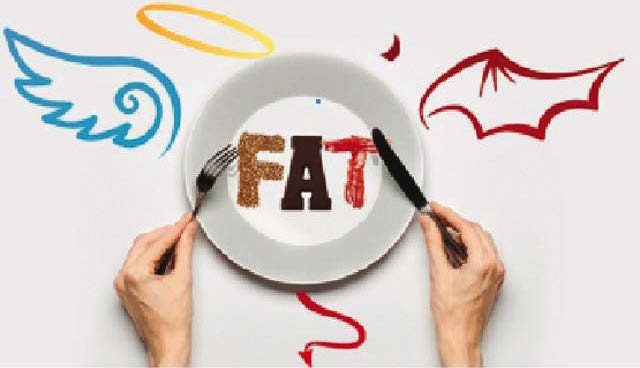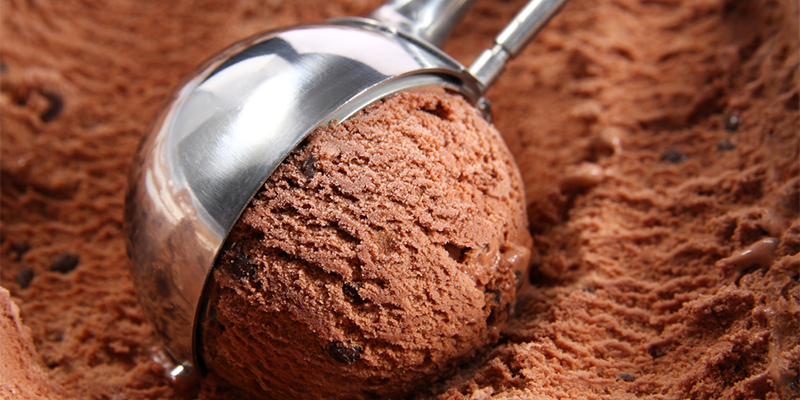
Are you constantly hunting for foods that are fat-free? And when you hear the word ‘fat,’ do you automatically think ‘bad’? If you answered yes to both questions, you couldn’t be more wrong.
For over half a century, people have believed that low-fat food was the key to a healthy diet. They chose low-fat and fat-free products over and over, only to become more unhealthy, fat and diseased. How did we get it so wrong? Because news about fat has always been complicated and contradictory.
Now, research is proving that fat is not a bad word at all. In fact, it is essential for good health, as long as you eat the right kind. Of course, some types of fat are still bad, and too much of any kind, good or bad, will spell doom for your long-term health.
Research now says you should replace all the bad fats in your diet with good fats, and then allow fats to constitute not more than a quarter of your total calorie intake per day. In other words, if you are on a 2,000-calorie diet, then not more than 500 calories should come from fats, both visible (the cooking medium) and invisible (inherent in the foods you eat). All fats deliver nine calories per gram, which means you should stick to just 20gm or ml (two teaspoons) of cooking oil per person per day. Yes, that’s less than you would have thought.
[button color=”” size=”” type=”s3d” target=”” link=””]Score the good fats[/button] Since good fat works best when it replaces bad fat or bad carbohydrates, it’s important to understand the difference between the two. The National Institute of Nutrition and the Indian Council of Medical Research recommend an equal ratio of saturated fatty acid (SFA), monounsaturated fatty acid (MUFA), and polyunsaturated fatty acid (PUFA) in cooking oil. Let’s find out what those clunky terms mean:
[button color=”” size=”” type=”3d” target=”” link=””]Poly Unsaturated Fatty Acids (PUFA)[/button] – PUFAs are the essential fats that your body cannot produce but must consume. These are omega 6 and omega 3. They are called essential fatty acids (EFAs). Just like vitamins, minerals and other essential nutrients, you must get your EFAs from what you eat.
Both omega 3 and omega 6 are essential. But just as important, they must be balanced. If not, they can cause an inflammation. The ideal ratio of omega 6 and omega 3 is somewhere between 3:1 and 1:1, but because of our excessive use of vegetable oils and consumption of processed foods our consumption ratio is about 15:1. This means that we consume way too much Omega 6. Cut down the vegetable oils and processed foods (omega 6) and eat more fatty fish (salmon, mackerel, tuna, surmai, singhara, hilsa, rohu), walnuts, flaxseeds (kalsi seeds), and greens like methi and mustard leaves for omega 3.
[button color=”” size=”” type=”3d” target=”” link=””]Monounsaturated Fatty Acids (MUFA)[/button] – MUFAs provide essential fats that play a role in healthy eyesight, nervous system function and brain development. They also lower bad cholesterol and raise good cholesterol levels. Oils of olive, canola, flaxseed, almond, sesame, peanut and cashew contain a high concentration of MUFA. Dark chocolate, peanut butter, almonds, cashews, pistachios, peanuts and seeds like sesame, pumpkin, poppy, chia and flax are other good sources.
[button color=”” size=”” type=”3d” target=”” link=””]Saturated Fatty Acids (SFA)[/button] Sorry cooking-oil ads. New research shows that saturated fat does not lead to heart disease. But too much of it can. So eat butter and ghee, but go easy on them. Also enjoy the SFAs in red meat, poultry, cheese, full-fat dairy products, coconut oil and palm oil.
[button color=”” size=”” type=”3d” target=”” link=””]Bad fat: Transfats[/button] In June 2015, the US Food and Drug Administration gave the food industry until 2018 to rid foods of this fat. Transfats increase bad cholesterol and triglycerides, and reduce good cholesterol. They also trigger cancer, diabetes, immune dysfunction, obesity and reproductive problems. They have been linked to poor memory too. Transfats are found almost everywhere: in cookies, crackers, cake icing, potato chips, corn chips as well as tortilla chips. They’re in microwaveable popcorn, doughnuts, margarine, and other processed foods. And all fried food including pakoras, kachoris, french fries, fried chicken, and even fried sweets like gulab jamuns and jalebis. Another name for transfats is
“partially hydrogenated oils”, so steer clear of vanaspati too.





Be the first to comment